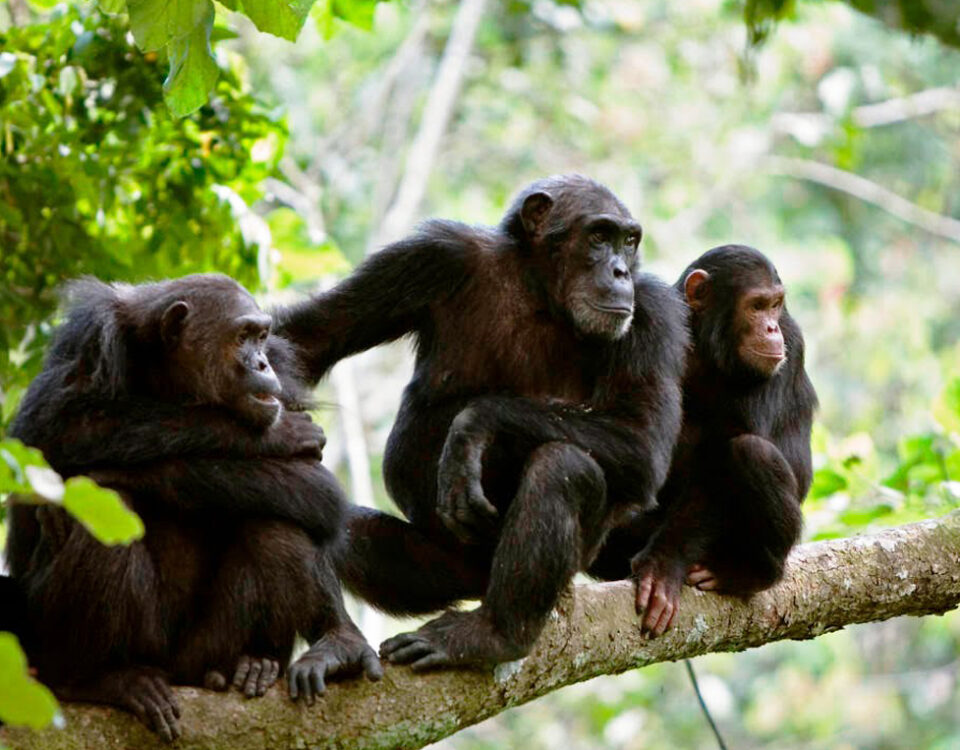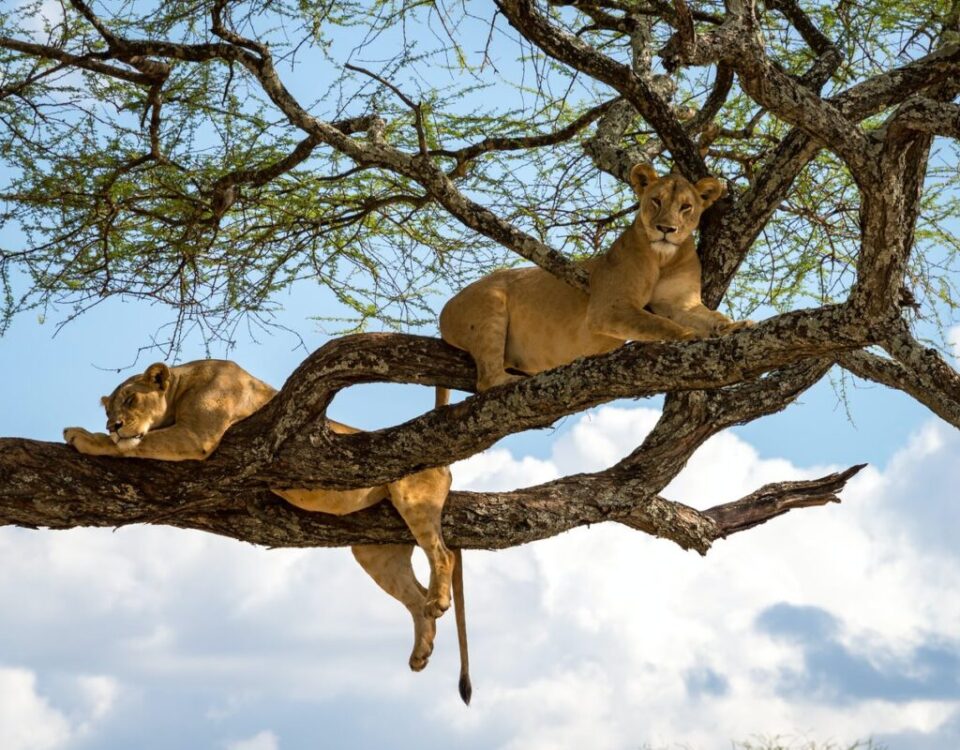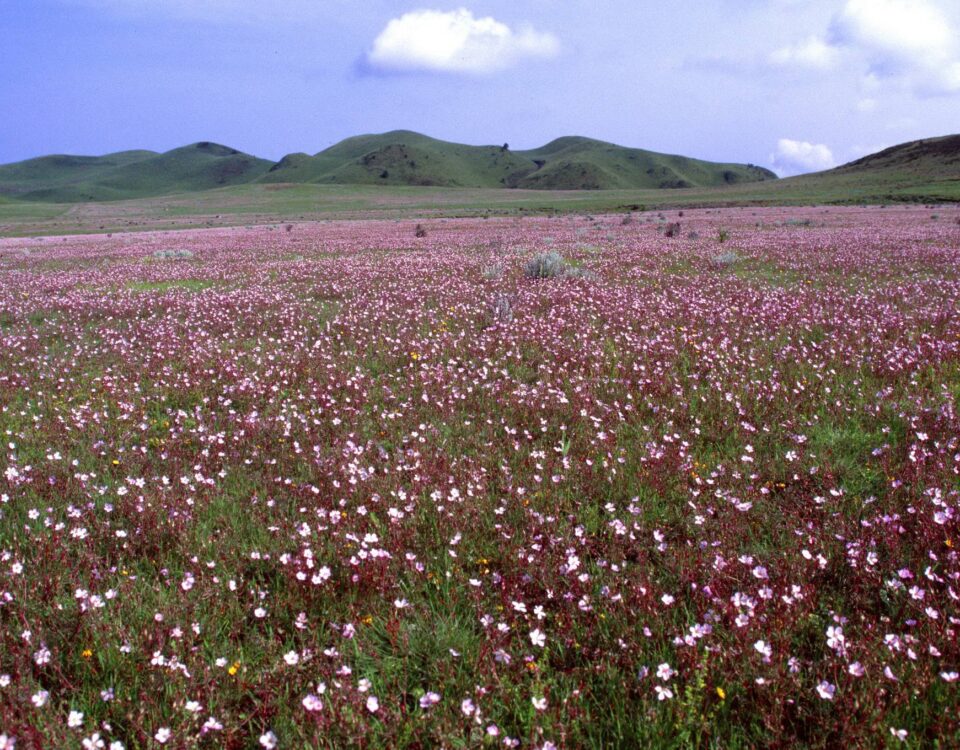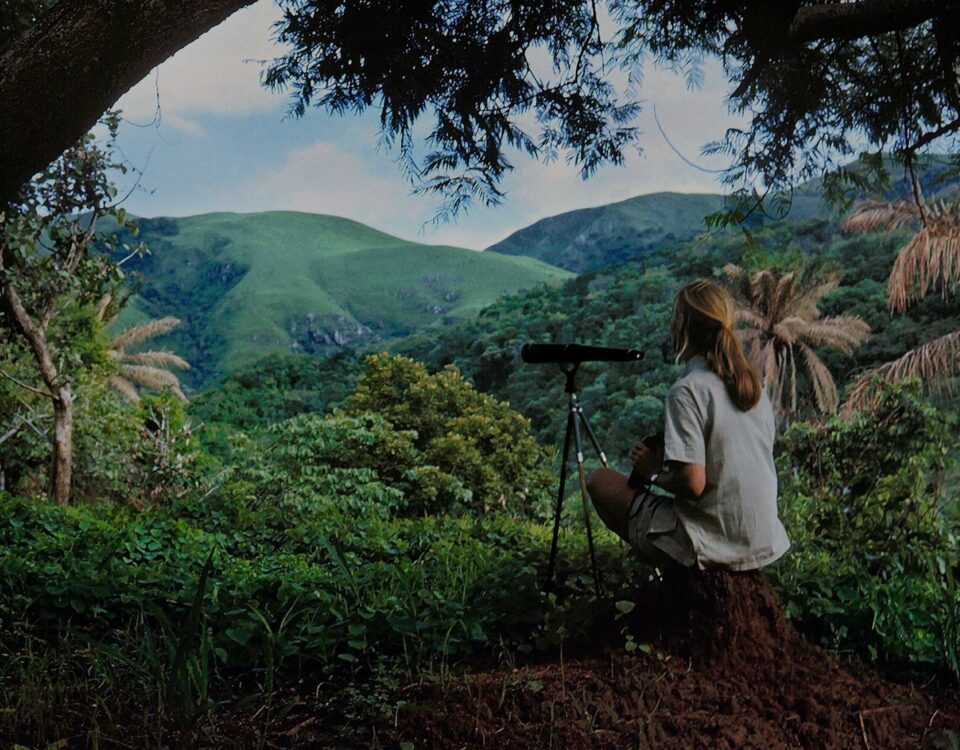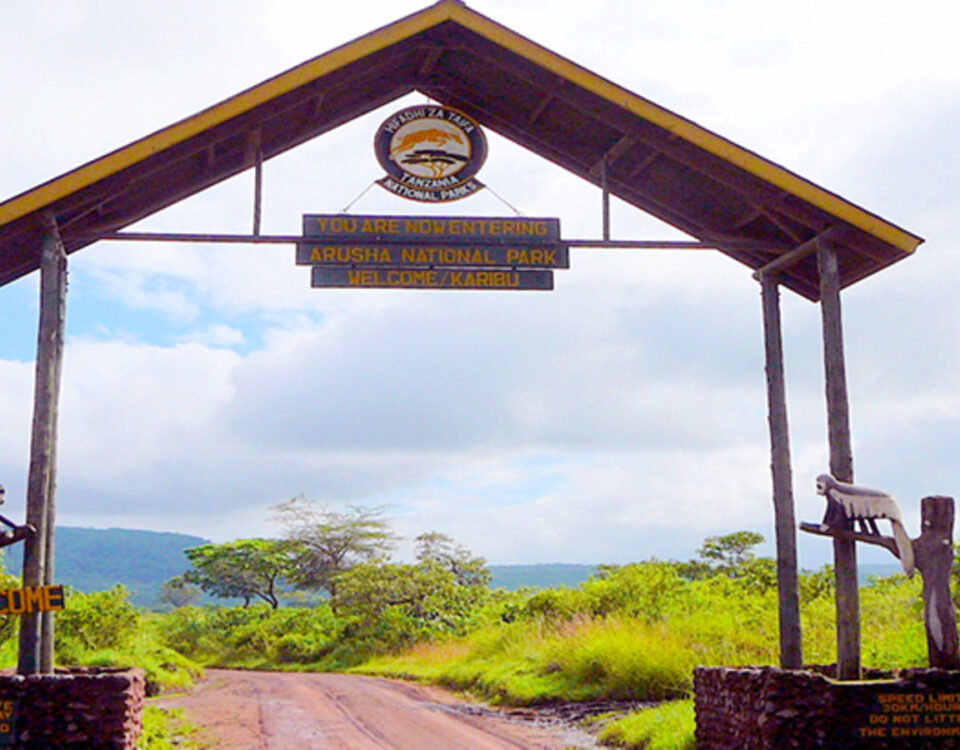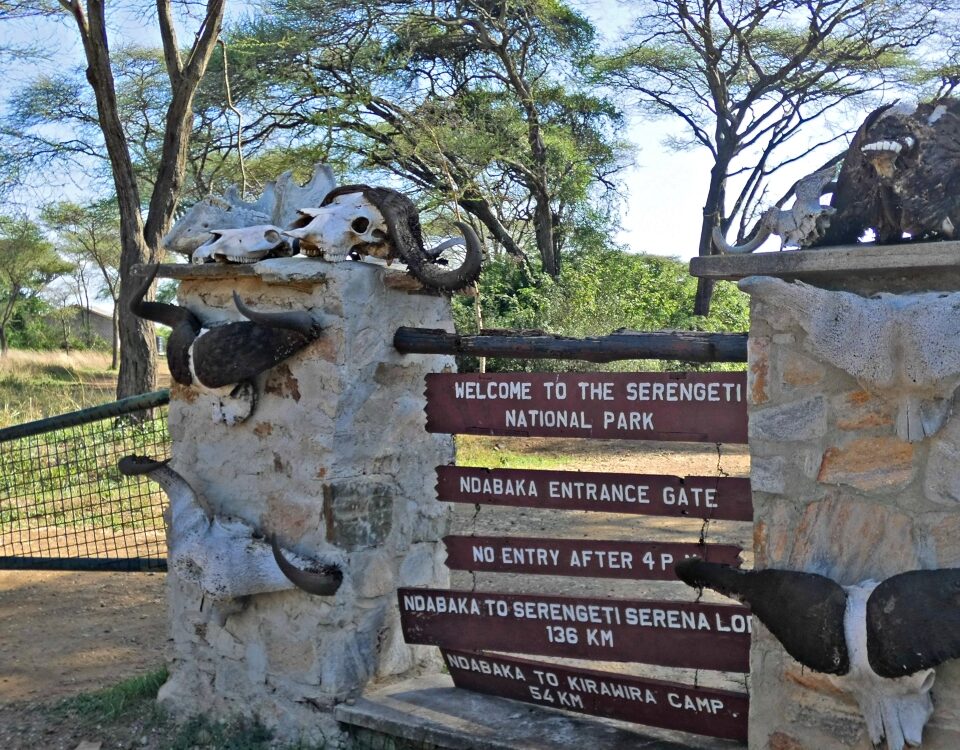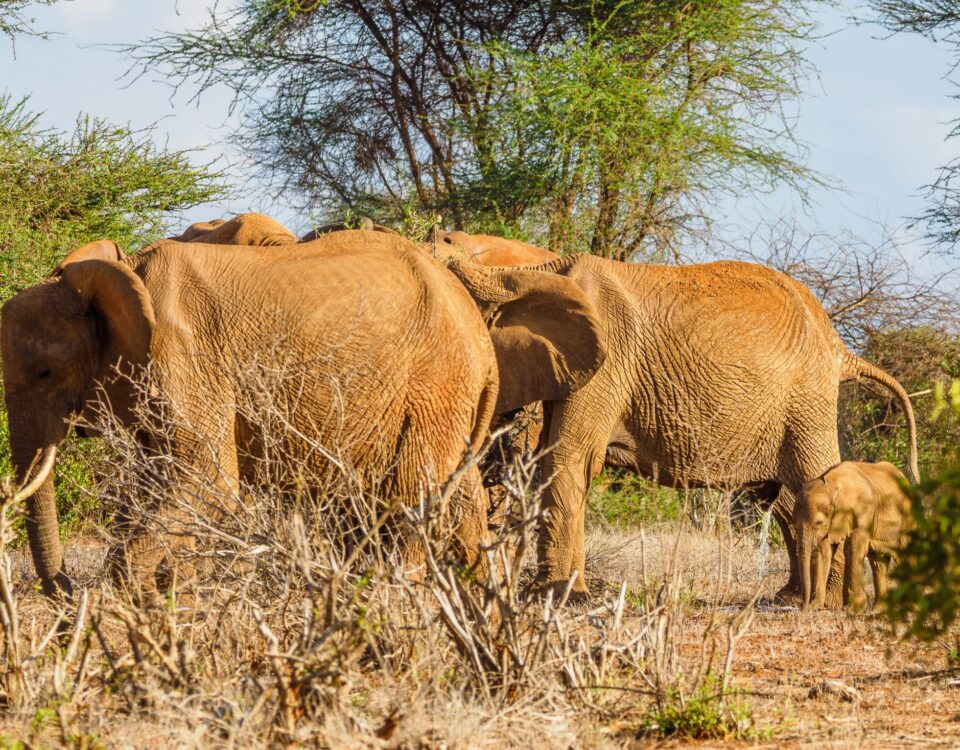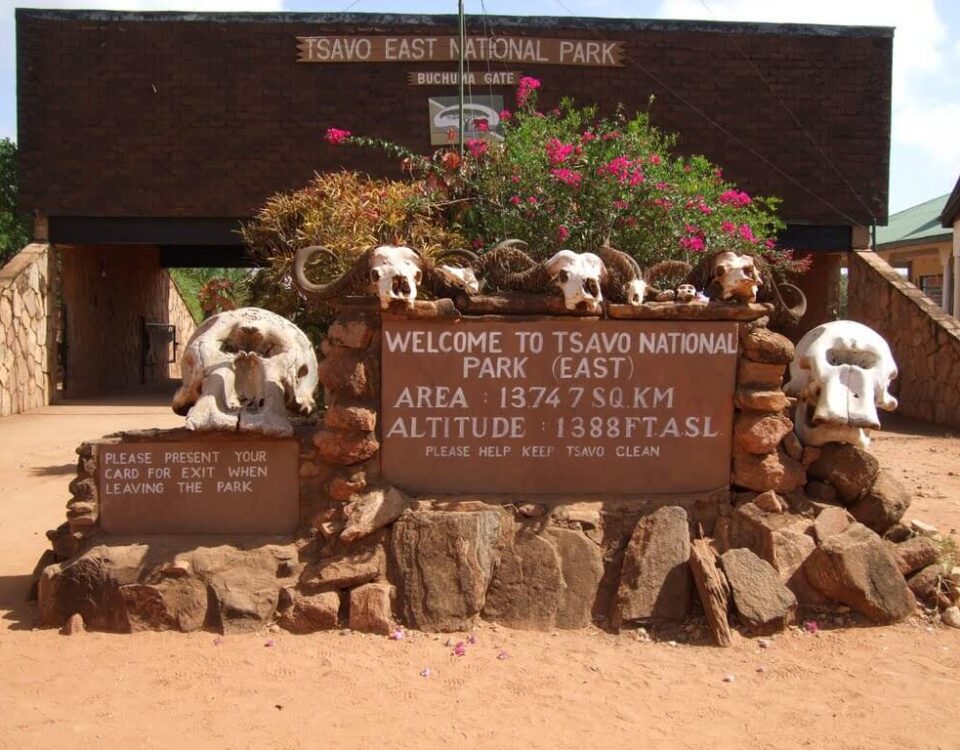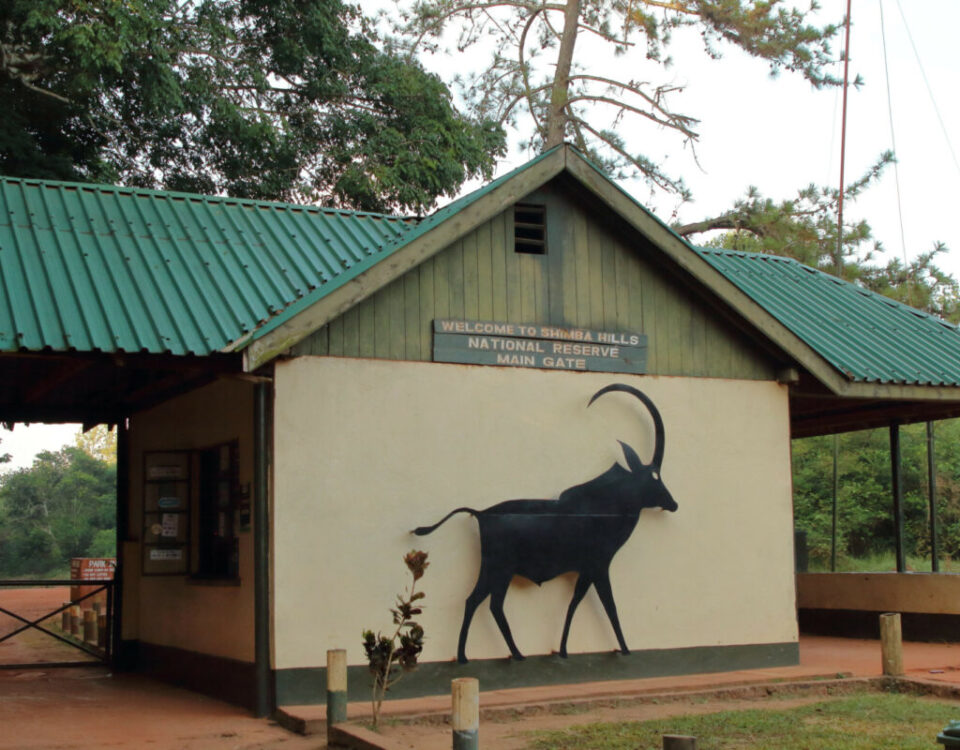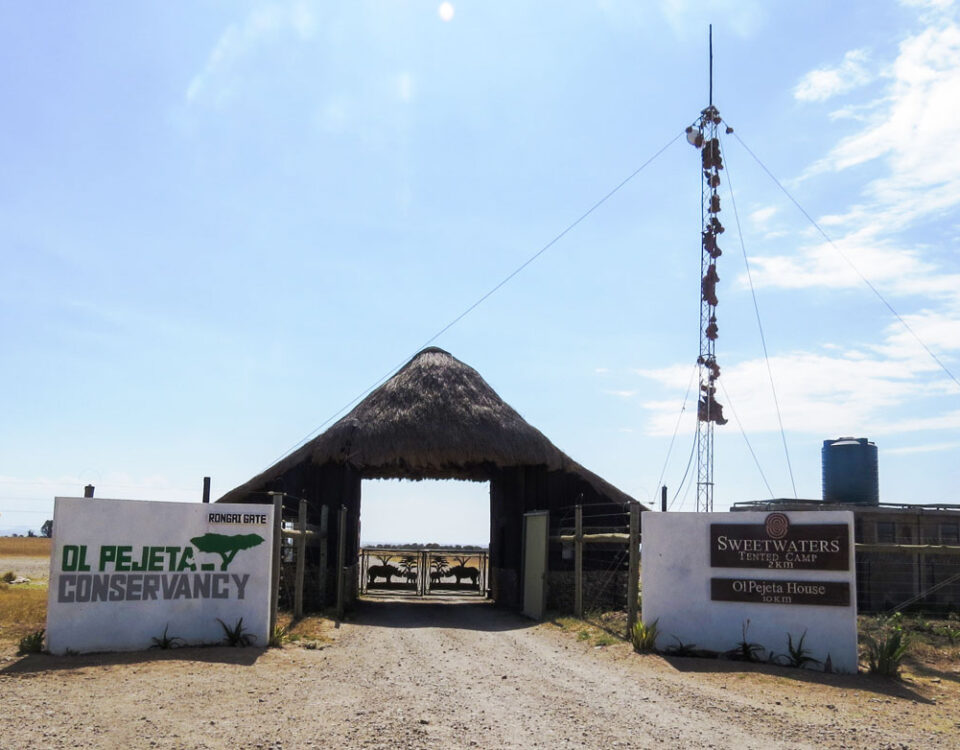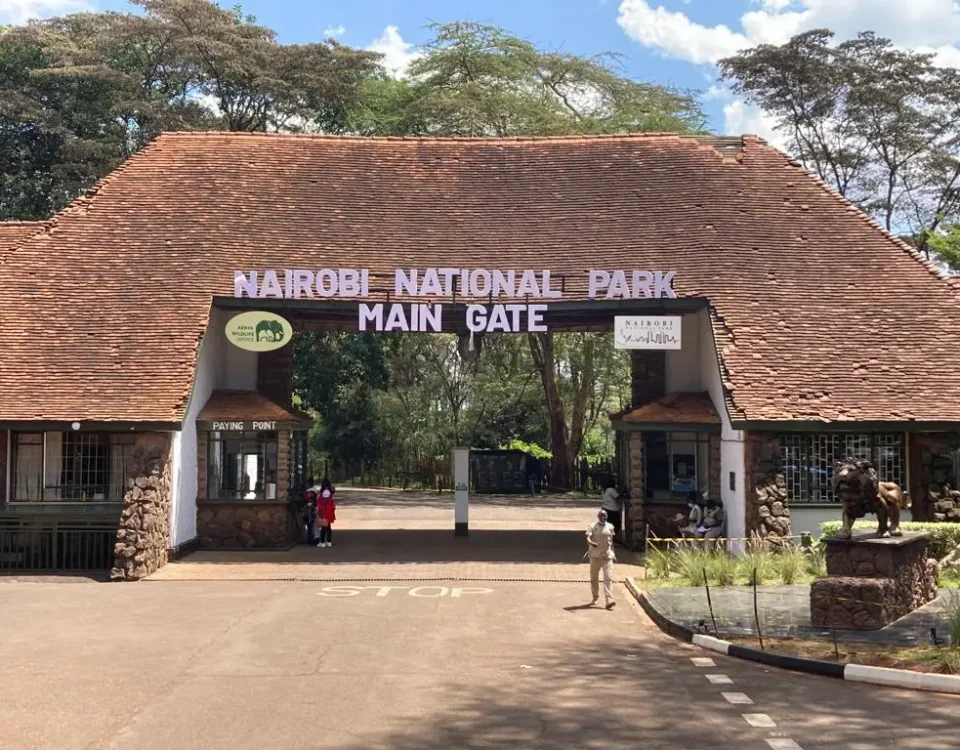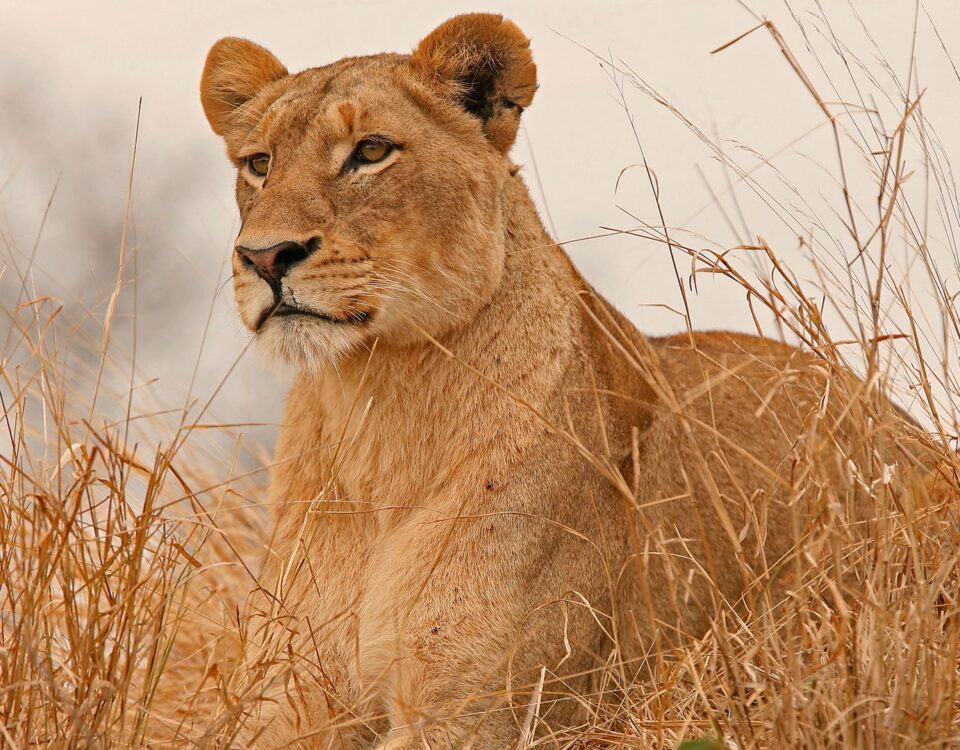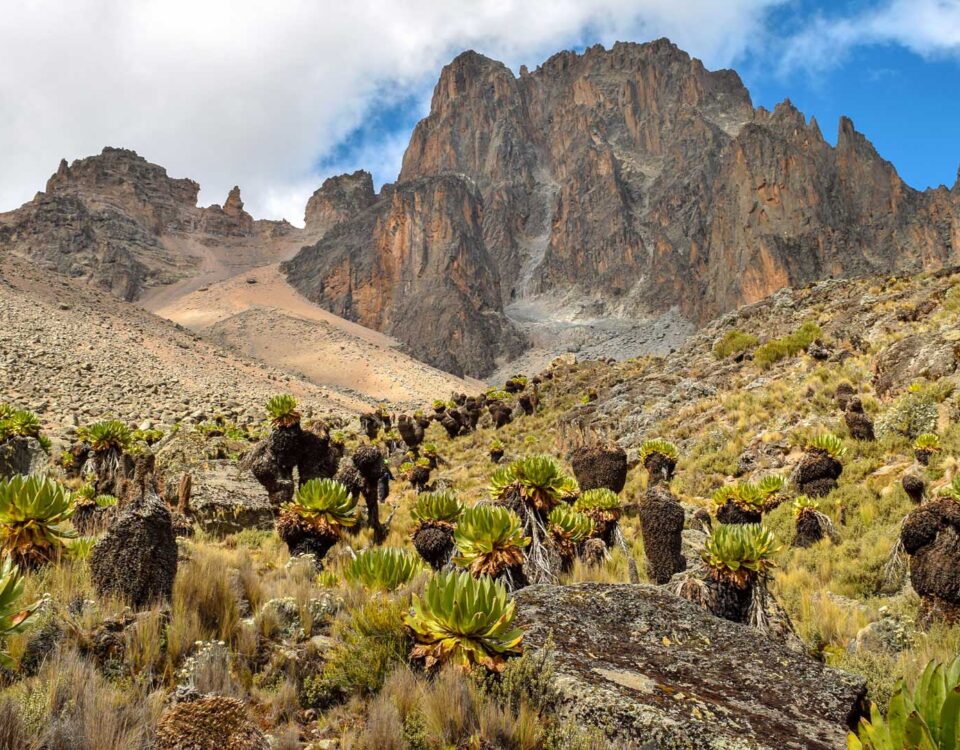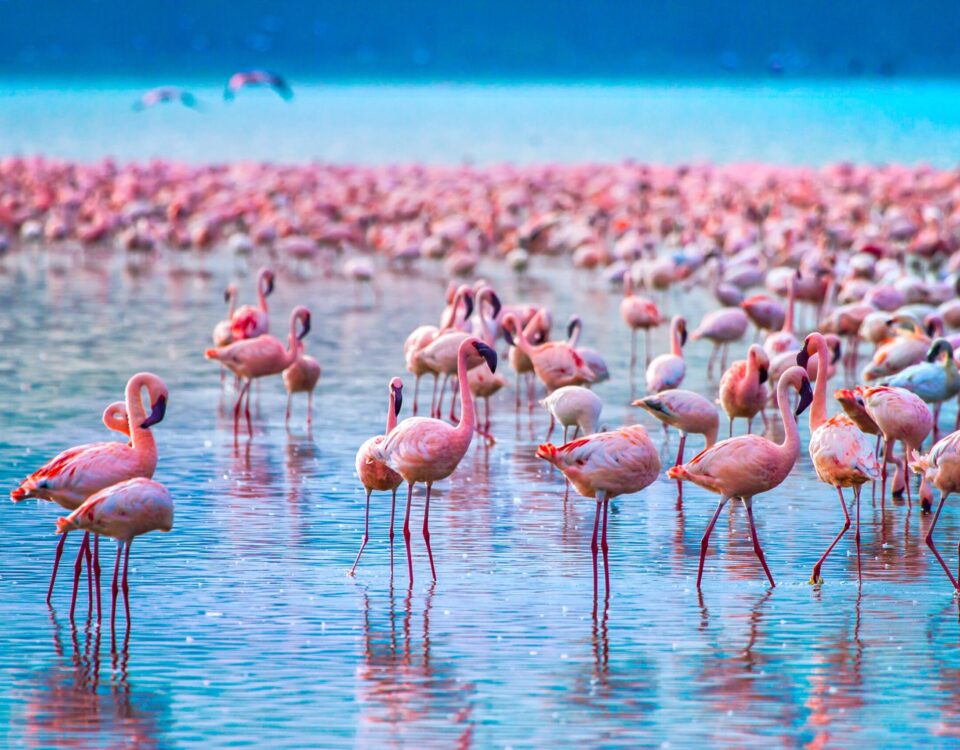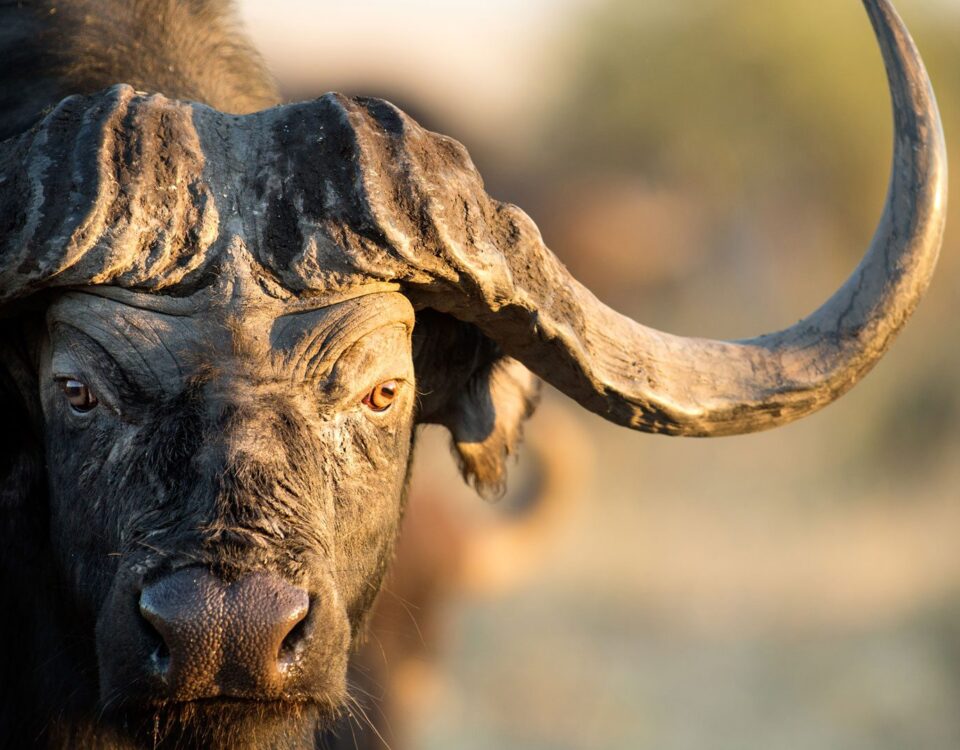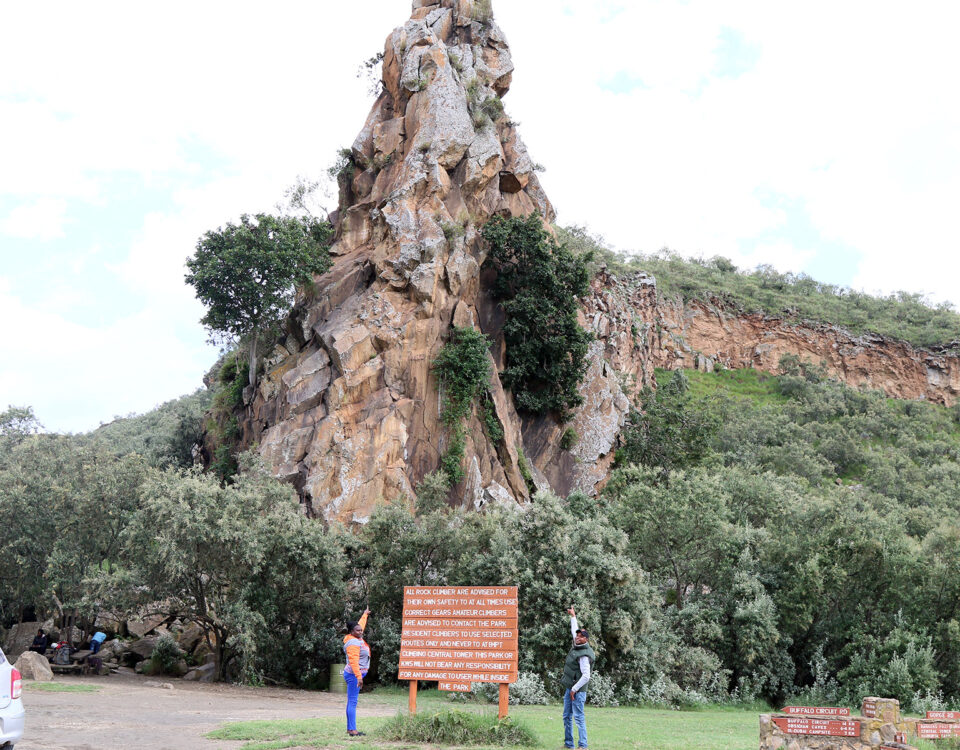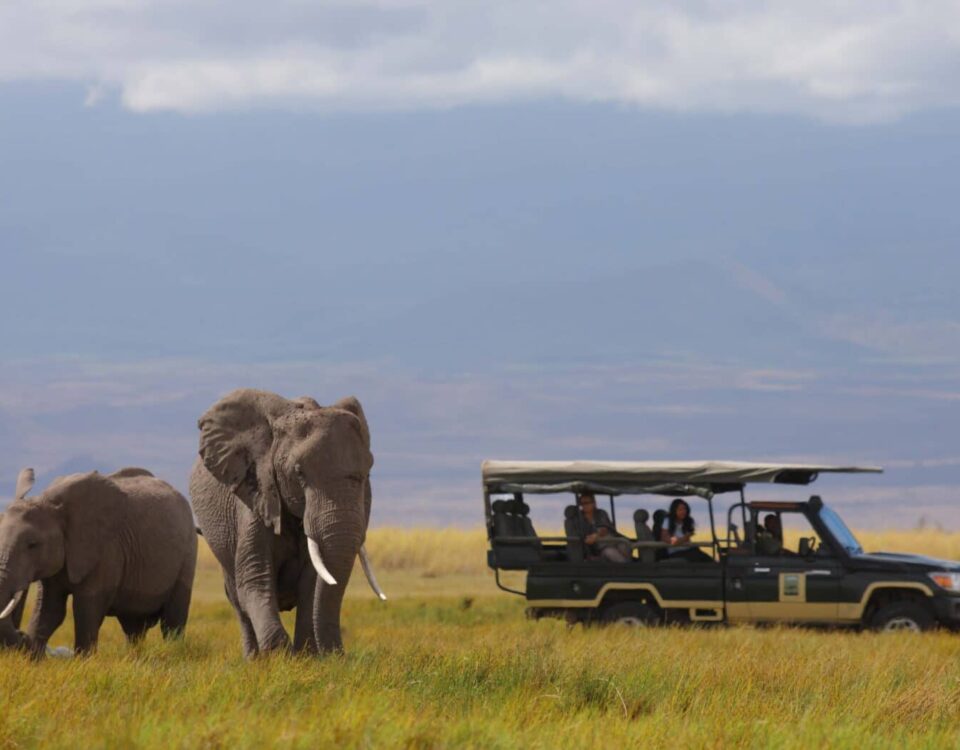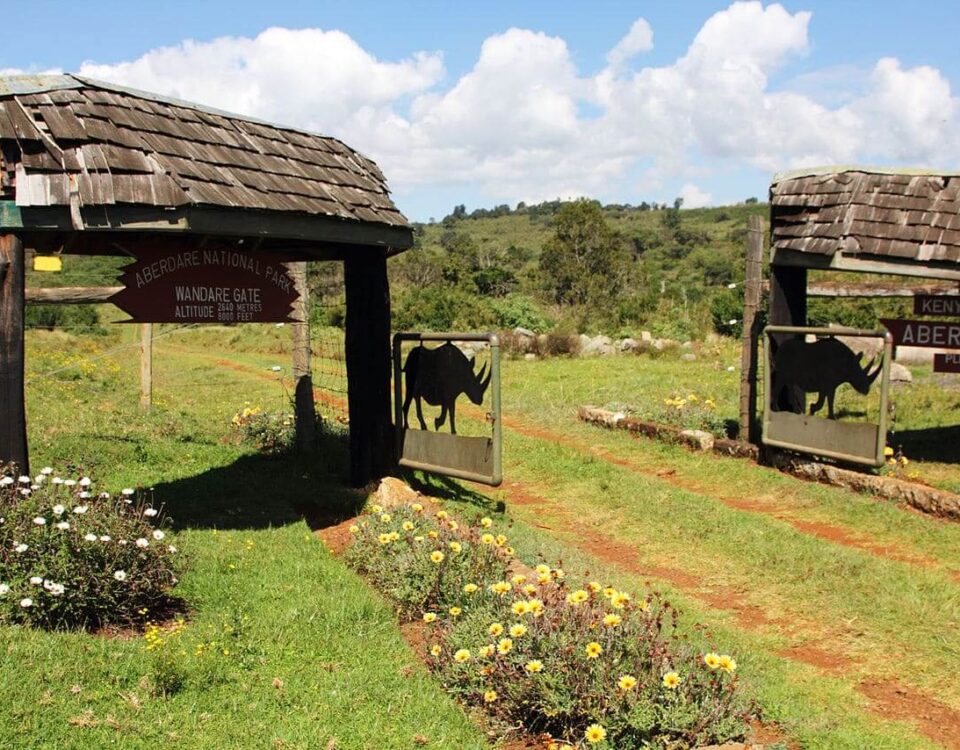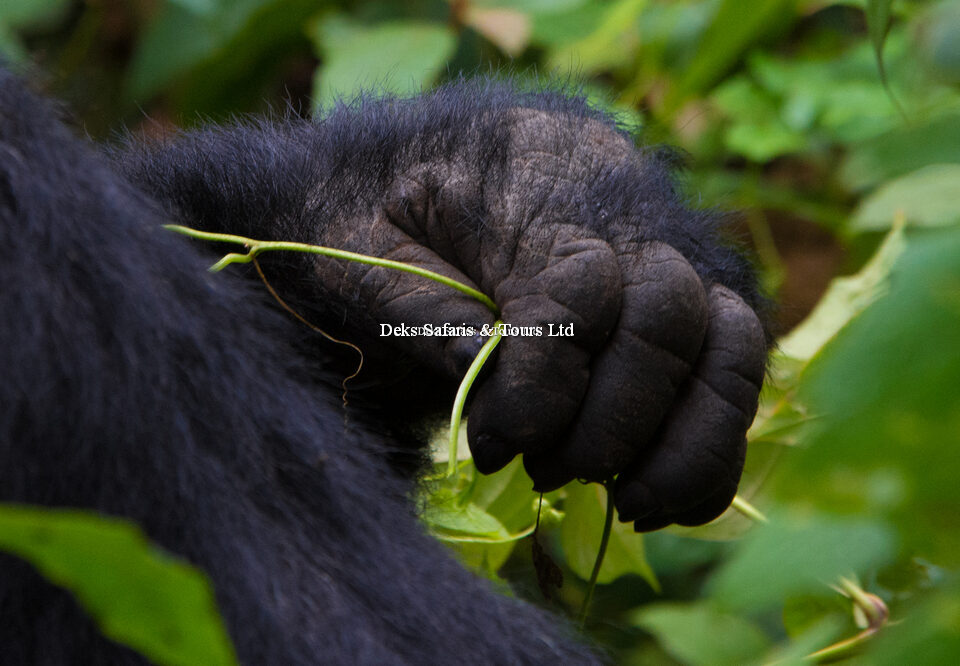Mahale Mountains National Park: A Remote Wilderness for Primate Enthusiasts
Mahale Mountains National Park, located in western Tanzania along the shores of Lake Tanganyika, is a pristine and remote wilderness that offers a unique safari experience. Established in 1985, the park spans approximately 1,613 square kilometers and is renowned for its dramatic landscapes, rich biodiversity, and particularly its population of chimpanzees. The park’s isolation and challenging accessibility have preserved its natural beauty and created an exclusive destination for nature enthusiasts and researchers alike.
The Mahale Mountains rise abruptly from the shores of Lake Tanganyika, creating a stunning backdrop of lush forest, rugged terrain, and crystal-clear waters. This remote location has fostered a haven for wildlife and offers an intimate and immersive experience for those who venture into this untouched paradise.

Tanzania Chimpanzee Tracking Experience
The Chimpanzee Experience: Tracking and Observing
One of the primary draws of Mahale Mountains National Park is its population of chimpanzees, which inhabit the dense forests of the park. Mahale is one of the best places in the world to observe these fascinating primates in their natural habitat. The park is home to several chimpanzee communities, each with its own social structure and behaviors.
- Chimpanzee Tracking: Tracking chimpanzees in Mahale is a unique and thrilling experience. Guided treks lead visitors through the park’s rugged terrain, offering the chance to follow these great apes as they forage, socialize, and interact. The experience provides a rare and intimate glimpse into the lives of chimpanzees, their complex social behaviors, and their interactions with their environment.
- Chimpanzee Research: Mahale has been a center for chimpanzee research since the 1960s, with ongoing studies contributing to our understanding of primate behavior, ecology, and conservation. Visitors have the opportunity to learn from researchers and gain insights into the scientific aspects of chimpanzee life.
Diverse Wildlife Encounters in Mahale Mountains
Beyond chimpanzees, Mahale Mountains National Park offers a diverse array of wildlife. The park’s varied habitats, including montane forests, savannahs, and wetlands, support a range of species:
- Primate Species: In addition to chimpanzees, Mahale is home to other primates, including red colobus monkeys, blue monkeys, and olive baboons. These species contribute to the park’s rich primate diversity and offer additional opportunities for wildlife observation.
- Birdlife: Bird enthusiasts will find Mahale a rewarding destination, with over 300 bird species recorded in the park. Notable species include the colorful violet-backed starling, the rare and elusive African grey parrot, and the striking and endemic blue-cheeked bee-eater.
- Mammals: The park is also home to various mammals, including forest elephants, leopards, and various antelope species. While sightings of these animals can be more challenging due to the dense forest, their presence adds to the park’s ecological richness.

Tanzania Chimpanzee Tracking Experience
Trekking and Hiking Adventures
Mahale Mountains National Park offers several trekking and hiking opportunities that allow visitors to explore its diverse landscapes and enjoy stunning views:
- Forest Hikes: The park’s forested trails provide a chance to explore the montane forests and enjoy the rich plant and animal life. Guided hikes lead through the dense vegetation, offering encounters with various primates, birds, and plants.
- Mountain Treks: For those seeking a more challenging adventure, treks to the peaks of the Mahale Mountains offer breathtaking panoramic views of the park, Lake Tanganyika, and the surrounding landscapes. The ascent can be demanding but rewards trekkers with spectacular scenery and a sense of achievement.
- Lake Tanganyika Shores: Exploring the shores of Lake Tanganyika provides a different perspective on the park’s environment. Visitors can enjoy relaxing by the lake, swimming, or even engaging in water-based activities such as kayaking and fishing. The lake’s crystal-clear waters and tranquil beaches offer a serene escape from the forest trails.
Conservation Efforts and Challenges
Mahale Mountains National Park faces several conservation challenges, but ongoing efforts are crucial in preserving its unique ecosystems and wildlife:
- Anti-Poaching Initiatives: To safeguard the park’s wildlife, anti-poaching measures are in place to prevent illegal hunting and trafficking. The park employs rangers to monitor and protect wildlife, ensuring that the ecosystem remains intact.
- Habitat Protection: Protecting the park’s diverse habitats is essential for maintaining its biodiversity. Conservation efforts focus on managing human activities and minimizing environmental impacts to preserve the park’s natural integrity.
- Community Engagement: Engaging with local communities is an important aspect of conservation. Programs aim to involve local populations in protecting the park’s resources and promoting sustainable practices. Education and outreach efforts help foster positive relationships between the park and neighboring communities.
- Research and Monitoring: Ongoing research and monitoring are vital for understanding and managing the park’s wildlife and ecosystems. Scientific studies provide valuable data on chimpanzee behavior, population dynamics, and habitat conditions, informing conservation strategies and ensuring the park’s long-term health.
Comparative Adventure Experiences in Iconic African National Parks
While Mahale Mountains National Park offers a unique primate-centered experience, other iconic African national parks provide diverse adventure opportunities and wildlife encounters:
- Serengeti National Park (Tanzania): Renowned for the Great Migration, Serengeti offers exceptional game viewing, including witnessing millions of wildebeest and zebras migrating across the plains. Visitors can enjoy game drives, hot air balloon safaris, and immersive wildlife experiences in this world-famous park.
- Ngorongoro Crater (Tanzania): The Ngorongoro Crater is a UNESCO World Heritage site known for its high concentration of wildlife. The crater floor provides excellent opportunities for spotting black rhinoceroses, lions, elephants, and other species. Scenic views and cultural interactions with local communities enhance the experience.
- Tarangire National Park (Tanzania): Tarangire is famous for its large elephant herds and iconic baobab trees. The park offers unique game viewing experiences, particularly during the dry season when wildlife congregates around the Tarangire River.
- Ruaha National Park (Tanzania): Ruaha is a remote and expansive park with significant populations of elephants, lions, and other wildlife. Its diverse landscapes and low visitor numbers provide an off-the-beaten-path safari experience with opportunities for both game drives and walking safaris.
- Lake Manyara National Park (Tanzania): Known for its tree-climbing lions and rich birdlife, Lake Manyara offers diverse wildlife viewing and scenic landscapes. The park’s varied habitats, including wetlands and forests, provide a unique safari experience.
- Bwindi Impenetrable National Park (Uganda): Famous for its mountain gorilla trekking, Bwindi offers the chance to observe these endangered primates in their natural habitat. The park’s dense forests and steep terrain provide an adventurous and immersive experience.
- Volcanoes National Park (Rwanda): Another prime destination for gorilla trekking, Volcanoes National Park offers encounters with mountain gorillas and golden monkeys. The park’s volcanic landscapes and cultural experiences with local communities add to the adventure.
Cultural Encounters and Community Engagement
The Mahale Mountains region is home to several indigenous communities, including the Nyamwezi and Sukuma people. Cultural tours provide visitors with insights into traditional lifestyles, customs, and practices. Engaging with these communities helps foster positive relationships and supports local economies. Visitors can learn about traditional crafts, agriculture, and cultural practices, contributing to a richer and more meaningful travel experience.
Accommodation and Safari Logistics
Accommodation options in and around Mahale Mountains National Park are relatively limited due to the park’s remote location. However, there are a few lodges and camps that offer comfortable stays and easy access to the park. These accommodations often provide guided treks and wildlife viewing experiences as part of their packages.
Due to the park’s small size and focus on primate tracking, it is essential to plan and book in advance to secure accommodation and permits. It is advisable to arrange travel logistics through a reputable safari operator to ensure a smooth and enjoyable visit.
Preparing for Your Mahale Adventure
Visiting Mahale Mountains National Park requires some preparation to ensure a successful and enjoyable experience:
- Physical Fitness: Chimpanzee tracking and hiking can be physically demanding, so it is essential to be in good physical condition. Regular exercise and stamina-building activities can help prepare for the trek.
- Gear and Clothing: Pack lightweight, breathable clothing suitable for tropical climates, as well as sturdy hiking boots for navigating the park’s trails. Bring rain gear, insect repellent, and a hat for sun protection. Binoculars and a camera are also recommended for wildlife observation and photography.
- Health Precautions: Consult with a healthcare provider about vaccinations and health precautions before traveling to Mahale. It is important to take precautions against mosquito-borne diseases and to carry any necessary medications.
- Travel Logistics: Plan your travel to Mahale Mountains National Park carefully, including arranging flights, transfers, and park permits. Coordinate with your safari operator to ensure all logistics are handled efficiently.
The Best Time to Visit Mahale
The best time to visit Mahale Mountains National Park is during the dry seasons, from June to October and December to February. These months offer more stable weather conditions and better opportunities for wildlife viewing. The wet seasons, from March to May and November, can bring heavier rains and make trails more challenging, but they also offer fewer crowds and lower rates.
Conclusion
Mahale Mountains National Park stands as a testament to the richness of primate research and conservation. Its unique focus on chimpanzees and diverse ecosystems make it a premier destination for nature enthusiasts and wildlife observers. With its opportunities for primate tracking, scenic treks, and cultural encounters, Mahale offers a distinct and immersive adventure. Complementing a visit to Mahale with explorations of other iconic African national parks provides a comprehensive safari experience, showcasing the continent’s incredible wildlife, landscapes, and cultural heritage. Whether seeking to observe chimpanzees in their natural habitat or explore diverse ecosystems, Mahale Mountains National Park promises an unforgettable journey into one of Africa’s most remarkable natural wonders.
- All
- Africa Safaris
- Botswana Safari Destinations
- Botswana Safaris
- Burundi Safari Destinations
- Burundi Safaris
- Bwindi Gorilla Trekking Safari
- DR Congo Safaris
- Kenya Safari Destinations
- Kenya Safaris
- Namibia Safari Destinations
- Namibia Safaris
- Rwanda Safari Destinations
- Rwanda Safaris
- Seychelles Safaris
- South Africa Safari Destinations
- South Africa Safaris
- Tanzania Safari Destinations
- Tanzania Safaris
- Uganda Gorilla Trekking
- Uganda Safari Destinations
- Uganda Safaris
- Zambia Safaris
- Zanzibar Safaris

